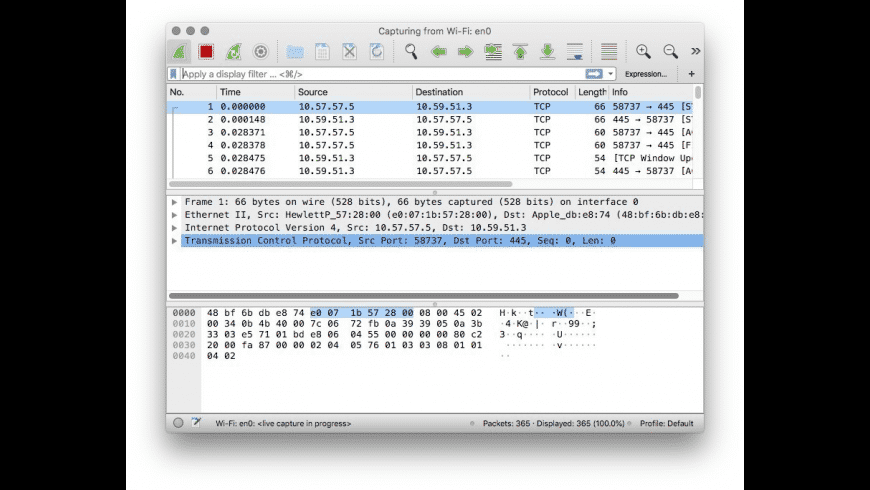
The Chebyshev filters improve on the amplitude response at the expense of transient behavior. Chebyshev Cutoff Frequency to –3 dB Frequency Orderīutterworth filters have fairly good amplitude and transient behavior. The pole locations and corresponding ω o and α terms are tabulated in Tables III through VII. The Chebyshev filters are typically normalized so that the edge of the ripple band is at ω o = 1.įigures 2 through 6 show the frequency response, group delay, impulse response, and step response for the various Chebyshev filters. The number of cycles of ripple in the pass band is equal to the order of the filter. Even-order filters have a gain equal to the pass-band ripple. Odd-order filters have an attenuation band that extends from 0 dB to the ripple value. This filter gets its name from the Chebyshev criterion, which minimizes the height of the maximum ripple.Ĭhebyshev filters have 0 dB relative attenuation at dc. The Chebyshev (or Chevyshev, Tschebychev, Tschebyscheff, or Tchevysheff, depending on the translation from Russian) filter has a smaller transition region than the same-order Butterworth filter, at the expense of ripples in its pass band. The pole locations and corresponding ω o and α terms are tabulated in Table II. The frequency response, group delay, impulse response, and step response are shown in Figure 1. The values of the elements of the Butterworth filter are more practical and less critical than many other filter types. The Butterworth filter achieves its flatness at the expense of a relatively wide transition region from pass band to stop band, with average transient characteristics. It has no ripple in the pass band or the stop band because of this, it is sometimes called a maximally flat filter. The Butterworth filter is the best compromise between attenuation and phase response. Also, both of these might be traded off against filter complexity, and therefore cost. The importance of frequency domain response versus time domain response must be determined. The one that is selected will depend on the particular system. Many transfer functions may be used to satisfy the attenuation and/or phase requirements of a particular filter. The filter tool is then employed to design the filter. Several different standard responses are discussed, and their attenuation, group delay, step response, and impulse response are presented. This application note is intended to help in Step 1. In Step 2, the topology of the filter-how it is built-is defined. In Step 1, the response of the filter is determined, meaning the attenuation and/or phase response of the filter is defined.

The filter design process consists of two steps. The Analog Devices Active Filter Design Tool assists the engineer in designing all-pole active filters. AN-649: Using the Analog Devices Active Filter Design Tool


 0 kommentar(er)
0 kommentar(er)
